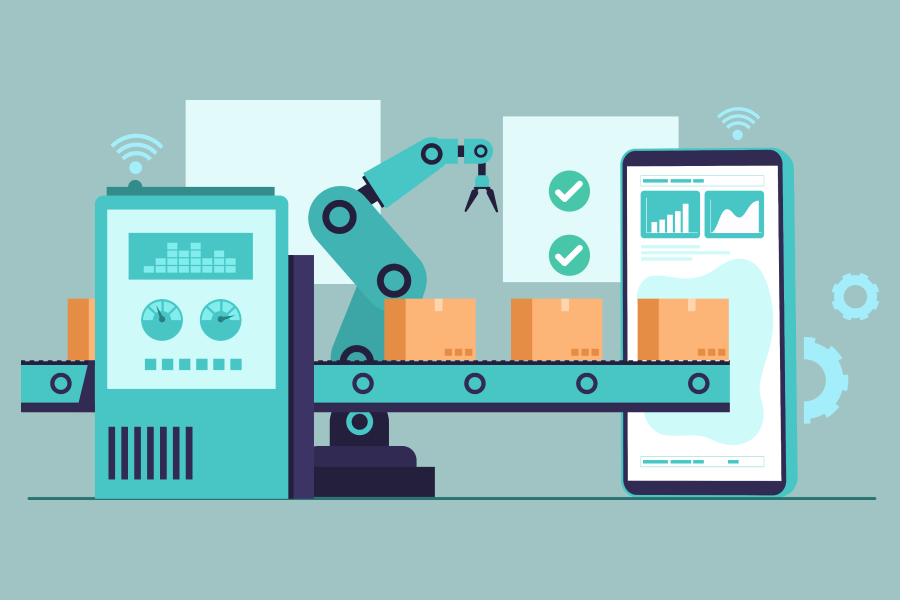It is very important for a designer to know both the concepts so to become an expert designer without a strong knowledge of both terms is impossible.
UX Design refers to the term User Experience Design, while UI Design stands for User Interface Design. There is of course a necessary overlap between the skills-sets in these roles, which is a good thing. Both elements are crucial to a product and work closely together. Where UX Design is a more analytical and technical field, UI Design is closer to what we refer to as graphic design, though the responsibilities are somewhat more complex.
UX designers are primarily concerned with how the product feels. A given design problem has no single right answer. UX designers explore many different approaches to solving a specific user problem. The broad responsibility of a UX designer is to ensure that the product logically flows from one step to the next. One way that a UX designer might do this is by conducting in-person user tests to observe one’s behavior.
Unlike UX designers who are concerned with the overall feel of the product, user interface designers are particular about how the product is laid out. They are in charge of designing each screen or page with which a user interacts and ensuring that the UI visually communicates the path that a UX designer has laid out.
 Yes there are few similarities between “UI Design” and “UX Design” such as;
Yes there are few similarities between “UI Design” and “UX Design” such as;
- Both could be applied to (almost) any product (category type).
- Both refer to solving the problem statement related to the “design” aspect of the product.
- Both are targeted at the user’s comfort.
But if we look at the other end, we’ll find many differences between both the concepts. Let’s take a look:
UI:
- UI design deals with the specific user interface(s) of a product or service.
- UI can be a component of UX, but many user experiences have nothing to do with Uis
- The design of a UI will be heavily informed by the UX design.
- UI is responsible for the look of the website.
- UI is a tool, a certain point of interaction, a medium of communication between a person and a system.
- UI describes how users view, navigate and interact with a particular product – including everything the user sees and interacts with on the screen and uses as a device.
- UI shows how beautiful an app you are going to interact with is.
- UI is what you see (visuals).
- UI designer focuses on designing the user interface, often a screen, touch screen, keyboard and mouse.
- User interface design is the design of websites, computers, appliances, machines, mobile communication devices, and software applications with the focus on the user’s experience and interaction.
- When designing a user interface, one considers layout, display, flow, look, etc.
- UI is a skin, shape and color.
- UI is design elements, tech, wireframes, etc.
- UI design focuses on optimizing the interface of a digital product. It uses typography, color and layout to create the best possible user experience on an individual web page or app screen.
UX:
- UX can encompass a wide range of disciplines, from industrial design to architecture to content.
- UX design will be less informed by the UI.
- UX design shows how convenient the app is for the user.
- UX design deals with the overall experience associated with the use of a product or service.
- UX is responsible for the functionality of a website.
- UX design is the design of a whole experience from the point of view of the user to produce some affect or emotion. As such it determines and constrains the UI design of anything that the user might interact with, and it should result in good UI design.
- UX design is how the program works, how the humans interact with it, the information architecture, usability, etc. Based upon the UX design, the UI designer renders those designs.
- UX is the result of traversing/interacting with your UI.
- UX can be improved by improving the interface. But there is more to UX because there is also a “flow” of doing things.
- User experience is how customers interact with the product across specified and measurable (quantitative and/or qualitative) categories: ease of use, navigation, task completion, branding etc.
- User experience design is any aspect of a user’s experience with a given system, including the interface, graphics, industrial design, physical interaction, and the manual.
- UX is how it makes you feel.
- UX is the overall experience.
- UX is a combination of various interfaces, with UI being an important one among them.
Really though, talking about these two fields in isolation is great for a bit of mental acumen, but they are completely related when it comes to working on them. They are fields that should never be separated in the work-place, and they are fields where the two creatives who perform these jobs shouldn’t work with different directives.

 Web and Full Stack
Web and Full Stack CMS and Frameworks
CMS and Frameworks Online Marketing
Online Marketing Cloud Services
Cloud Services ECommerce
ECommerce Mobile
Mobile



